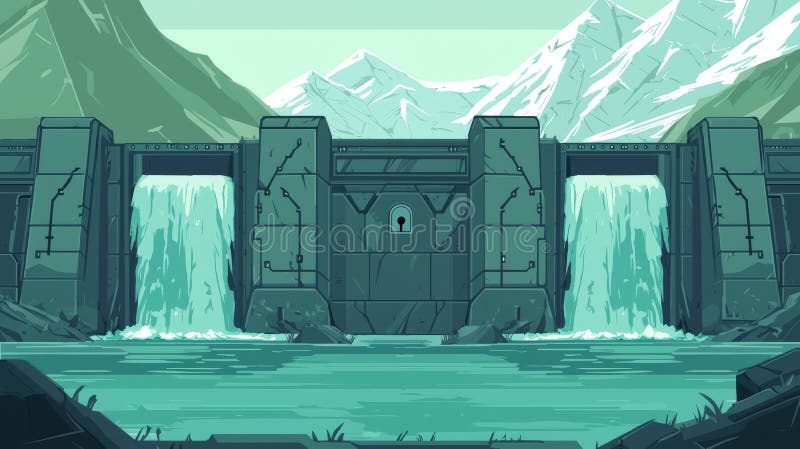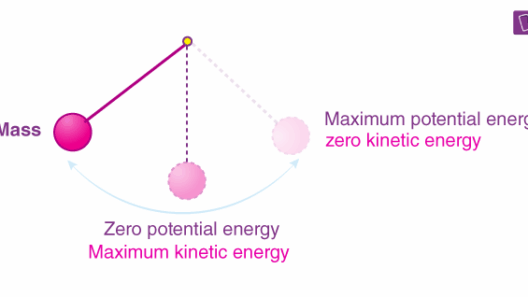Water is often viewed as an abundant resource, but how often do we stop to ponder its crucial role in the production of hydroelectric energy? In the face of climate change, the imperative to conserve water extends beyond personal use; it becomes vital in preserving our renewable energy sources. As we seek innovative solutions to protect our planet, the sustainability of hydroelectric power hangs delicately in the balance. What if we could employ water conservation techniques that not only safeguard our waterways but also enhance our energy yield?
To begin this discourse, it’s essential to understand the mechanics of hydroelectric energy production. The process relies on flowing water to spin turbines, which then generate electricity. Thus, the flow rate and volume of water directly influence energy output. However, challenges arise when we consider fluctuating water levels due to droughts or climate-induced anomalies. Therefore, implementing effective water conservation strategies is not merely an ecological concern but a fundamental need for sustaining hydroelectric power generation.
First and foremost, optimizing water usage in existing hydroelectric facilities should be our priority. Many plants operate on an antiquated model that does not maximize efficiency. When water is released from reservoirs, it can be done in a manner that minimizes waste while still meeting energy demands. Strategies such as water retention techniques, which prevent unnecessary evaporation, can create a more stable environment for both energy production and aquatic ecosystems. Additionally, retrofitting older plants with modern technology could enhance their ability to utilize water more efficiently.
However, it is not only the plants themselves that deserve scrutiny. The reservoirs which feed these facilities must be managed judiciously. One potential avenue is to adopt integrated water resources management (IWRM) approaches. IWRM promotes coordinated development and management of water, land, and related resources. This method advocates for a comprehensive perspective—recognizing that watershed health is inherently linked to energy production. By collaborating with stakeholders within a basin, it becomes possible to balance water usage among various sectors, including agriculture, industry, and energy.
As we delve deeper into the nexus of water conservation and hydroelectric energy, we must also consider the importance of restoring ecosystems. Healthy watersheds can significantly enhance the natural filtration and retention of water. Reforestation, wetland restoration, and the preservation of habitats can increase the ability of the landscape to absorb water, ultimately augmenting supply during dry spells. Such restoration initiatives not only contribute to water conservation but also provide a plethora of environmental benefits, such as improved biodiversity and resilience against extreme weather events.
On a more grassroots level, communities can participate in conservation efforts by utilizing local water-saving technologies. Innovations such as rainwater harvesting systems can provide supplementary sources of water for not only domestic use but also for small-scale hydro installations. Moreover, education campaigns aimed at raising awareness about the importance of water in energy production could galvanize community involvement in sustainable practices. Are we ready to make personal changes for the greater good of our planet’s power sources?
Furthermore, agriculture, often a voracious consumer of water, can significantly impact hydroelectric power output. By incorporating more sustainable irrigation practices, such as drip irrigation and crop rotation, farmers can minimize water extraction from rivers that feed hydro facilities. Implementing precision agriculture technologies—utilizing data and monitoring systems—can provide real-time information on soil moisture levels, allowing farmers to use water more judiciously. Such collaboration between agricultural practices and energy production underscores the necessity of smart partnerships.
Hydroelectric installations can also enhance their sustainability by integrating multi-use strategies with surrounding environments. For example, creating reservoirs that double as recreational areas can boost community engagement while promoting water conservation. By highlighting the value of the water ecosystem, stakeholders may foster a broader understanding of why it’s essential to protect these resources. A well-informed public can drive policy changes and support sustainable initiatives that align with energy procurement efforts.
Amid all these suggestions, a pertinent inquiry arises: How do we prioritize areas for conservation without stifling energy production? This challenge demands innovative thinking. Developing a system for water-rights trading could be one potential solution. Such a mechanism would enable users to buy and sell water rights, creating an economic incentive for conservation. By implementing this flexible framework, regions can effectively manage water resources while simultaneously supporting local economies—fostering a symbiosis between water conservation and energy production.
Equally paramount is the role of policy formulation in conserving water for hydroelectric energy. Governments play a pivotal role in implementing regulations that safeguard water resources while promoting sustainable energy practices. Legislative measures to incentivize water-efficient technologies or impose restrictions on excessive water usage can galvanize action and ensure that hydroelectric energy generation remains viable in the long term.
Looking forward, the intersection of climate change adaptation and water conservation strategies presents an intriguing frontier. As weather patterns continue to shift, our energy systems must become increasingly resilient. Diversifying energy portfolios and scaling up renewable energy sources will be essential alongside robust water conservation practices. By prioritizing water savings, we not only sustain hydroelectric facilities but also build a more resilient energy future for generations to come.
In conclusion, the task of conserving water for hydroelectric energy production is a complex yet achievable endeavor. As we deliberate on innovative solutions, it is imperative to remember that every drop counts. By integrating technological advancements, restoring ecosystems, fostering community involvement, and formulating forward-thinking policies, we can protect our power sources and ensure a sustainable energy future. Are we prepared to embrace the challenge? The path towards a greener world beckons with the promise of a collaborative, informed effort.








